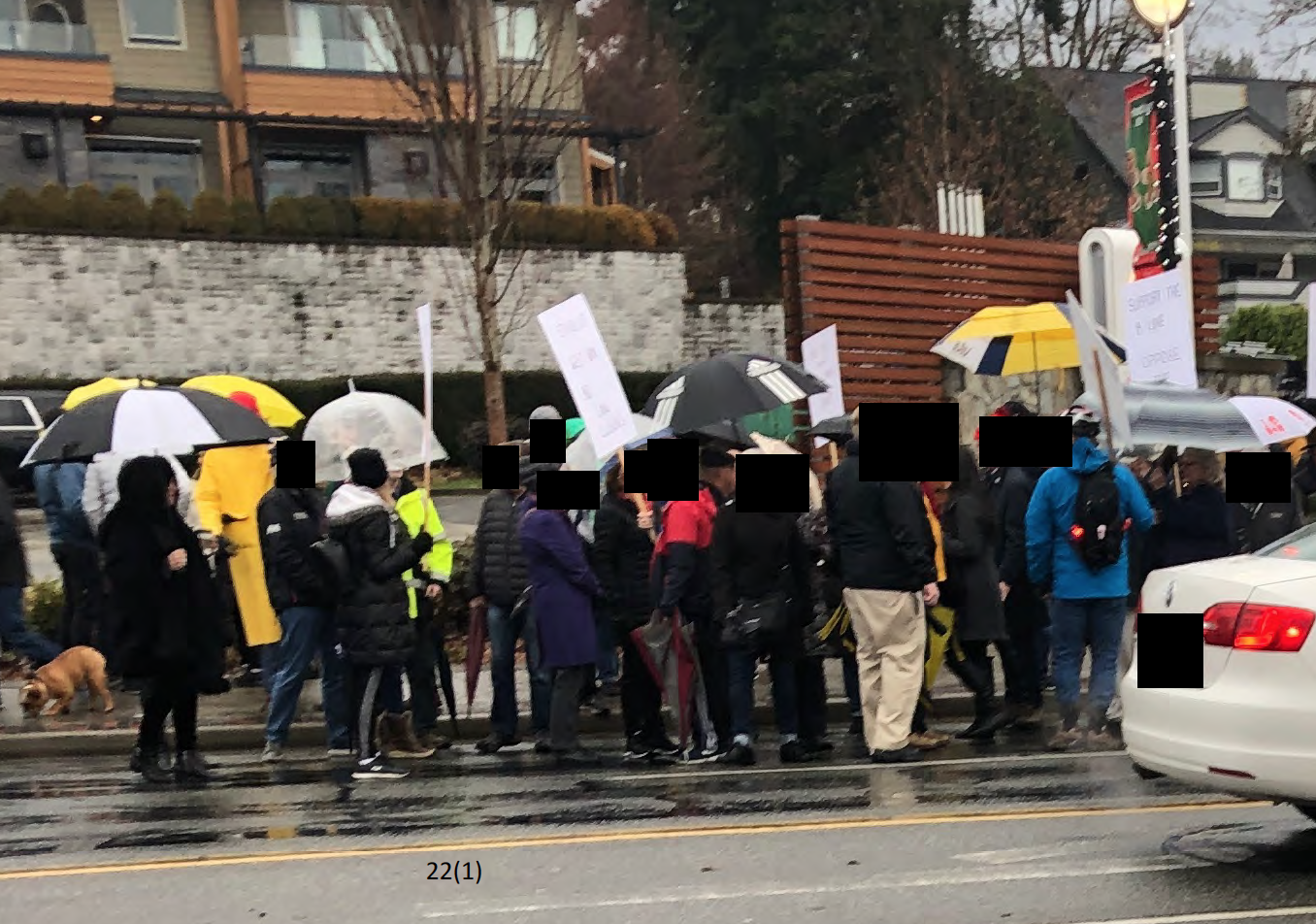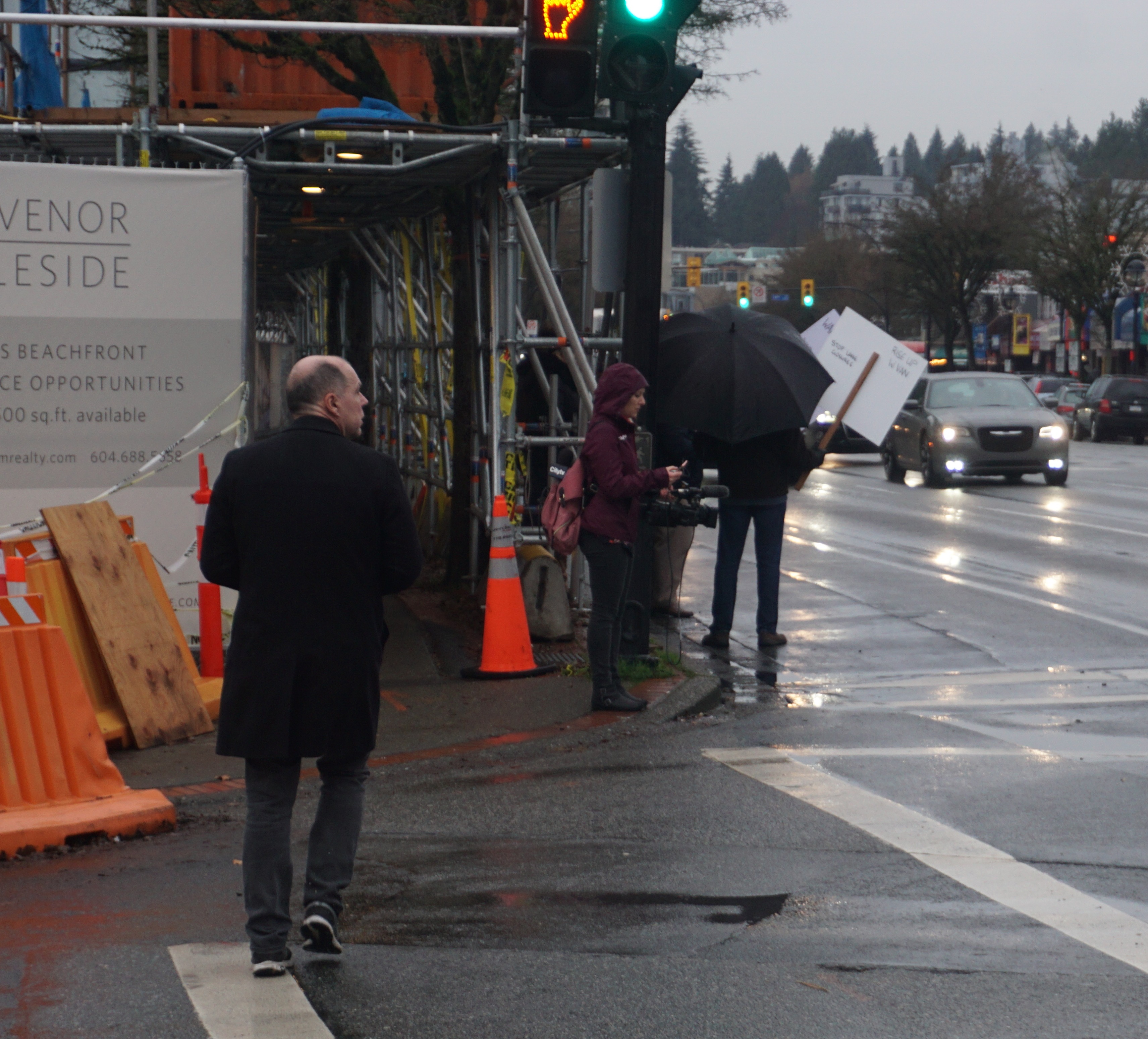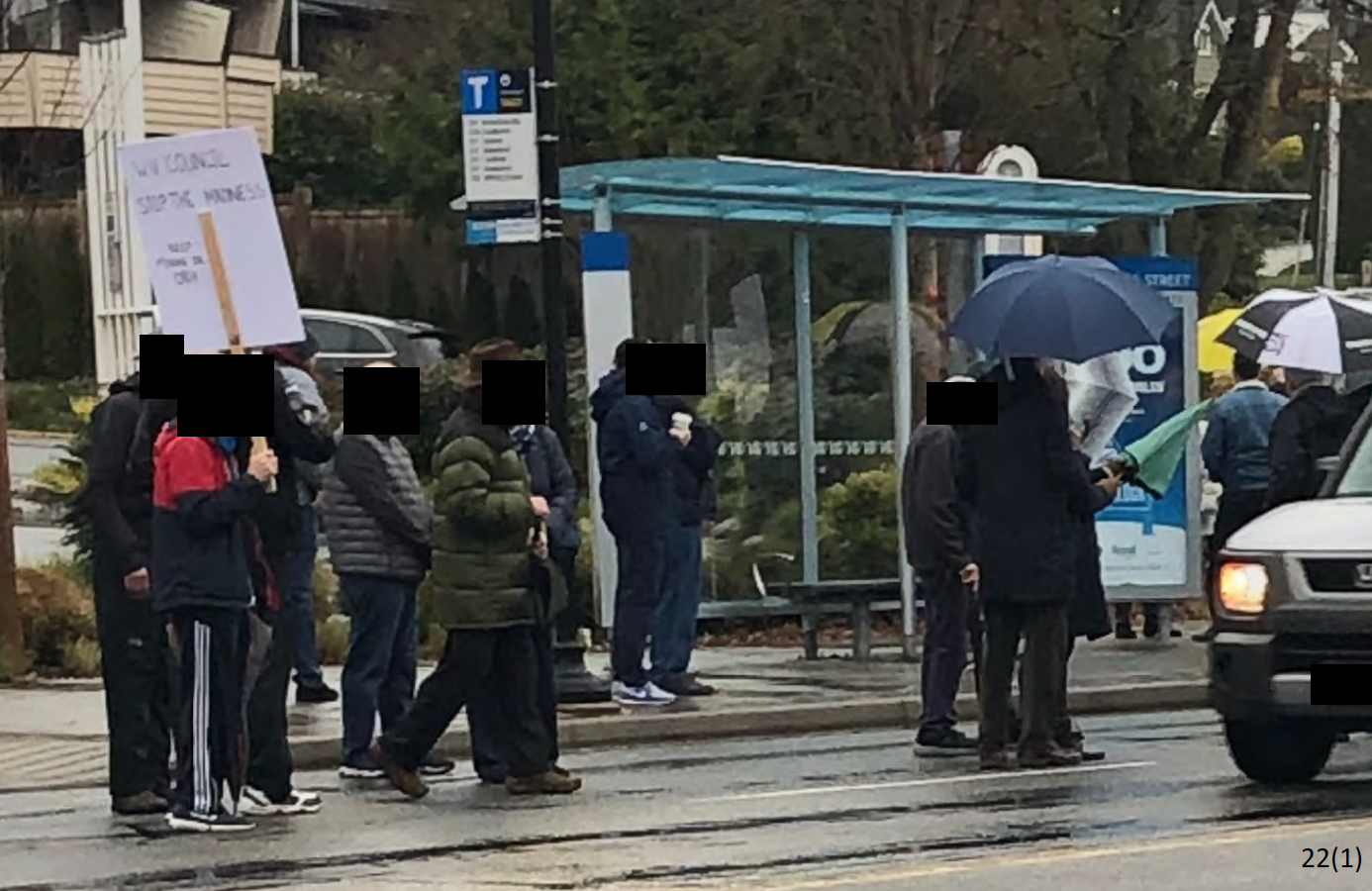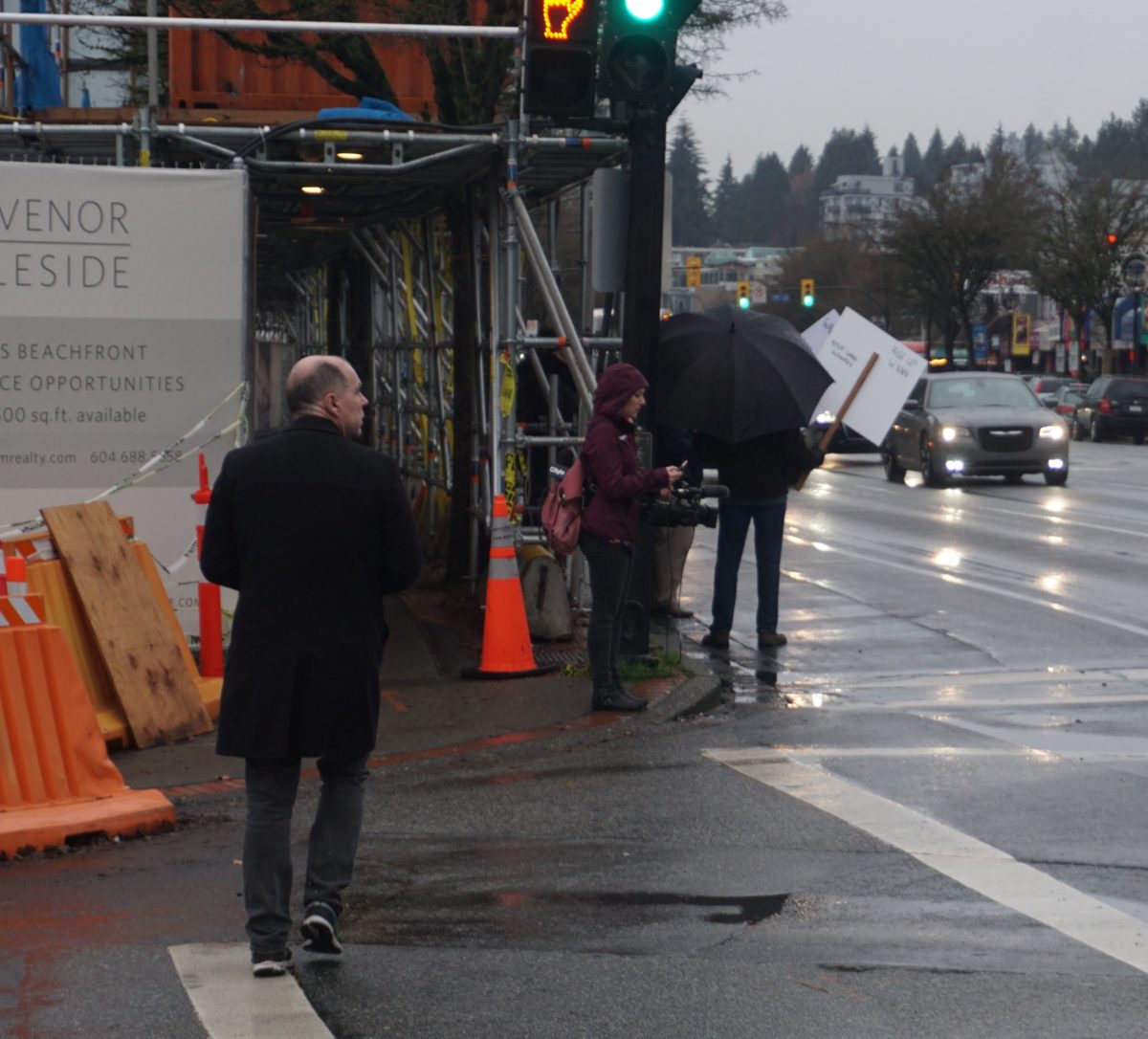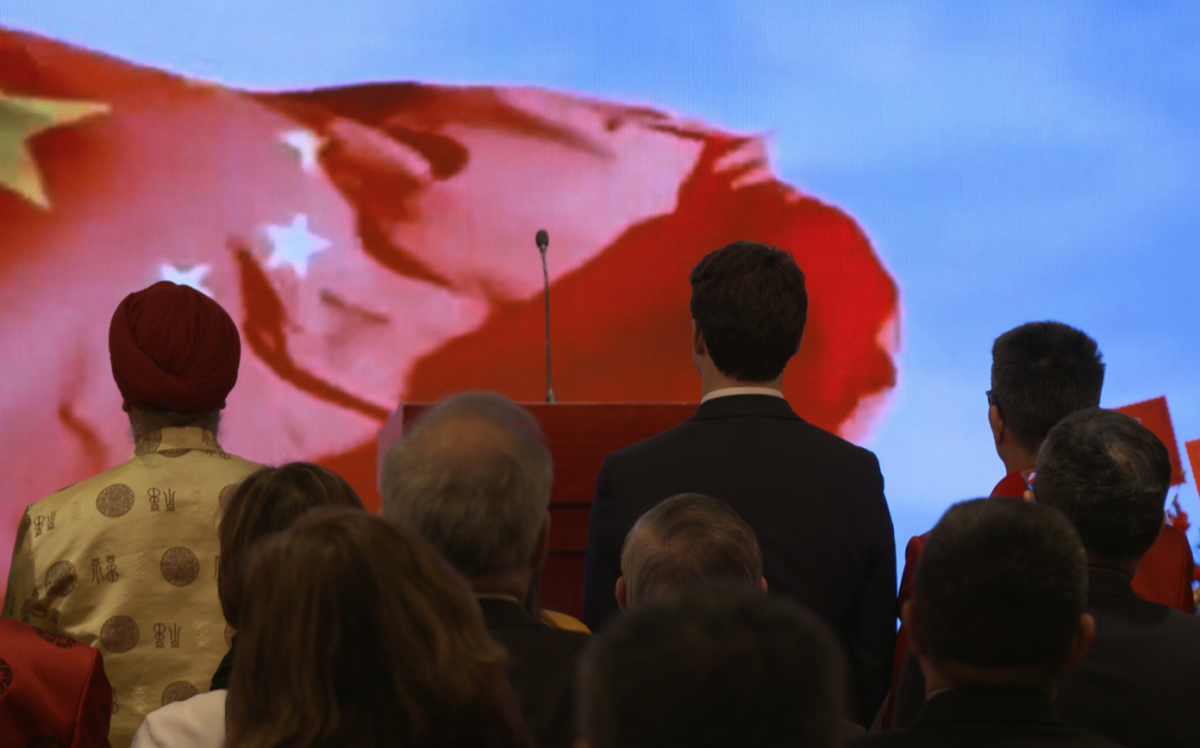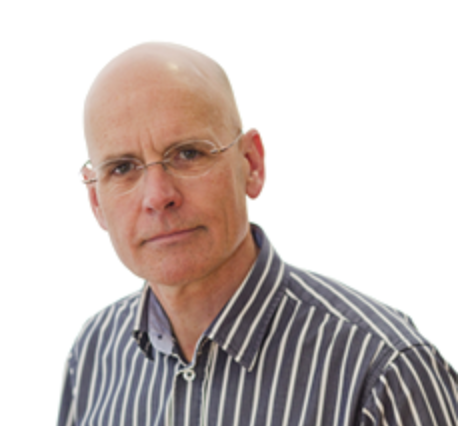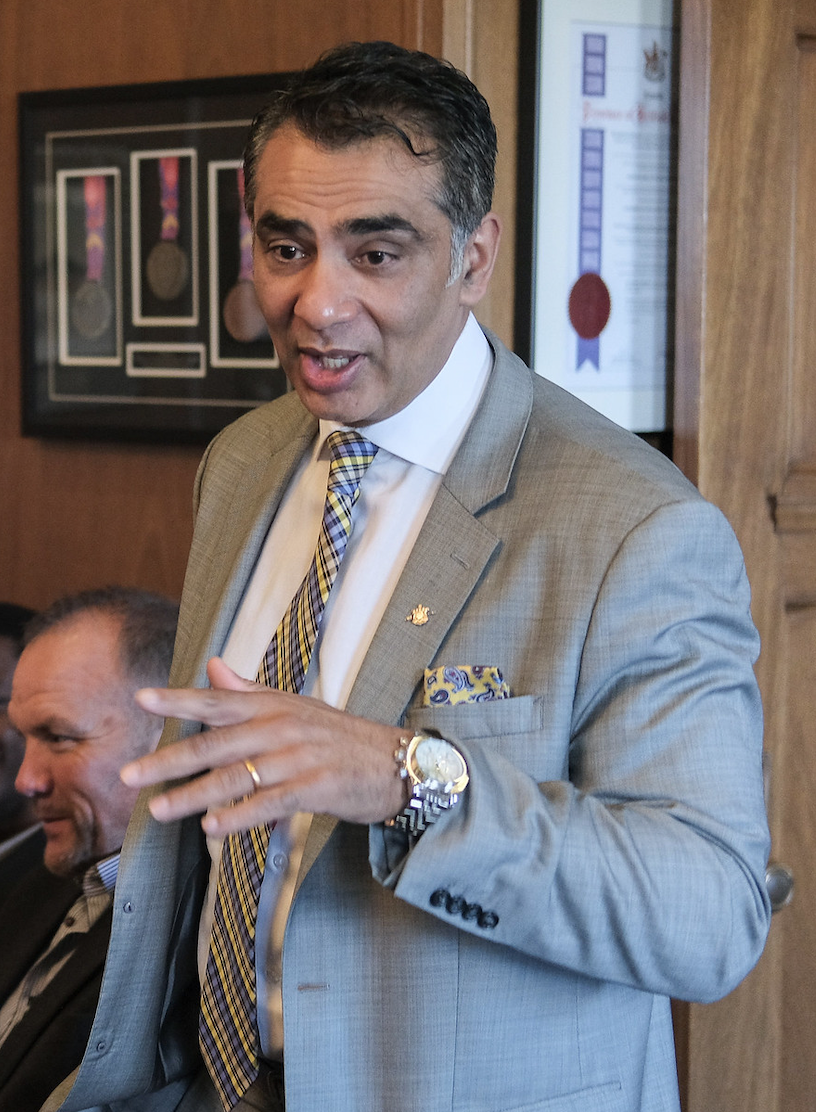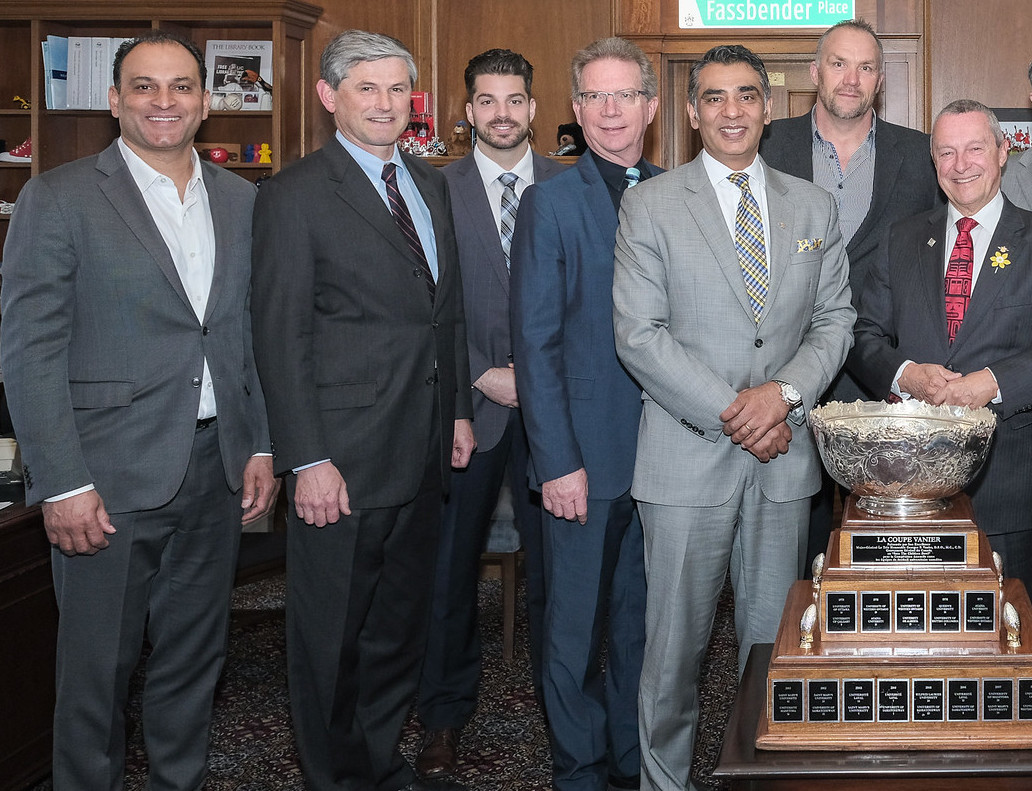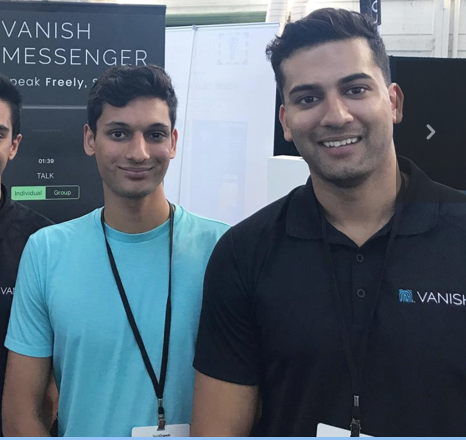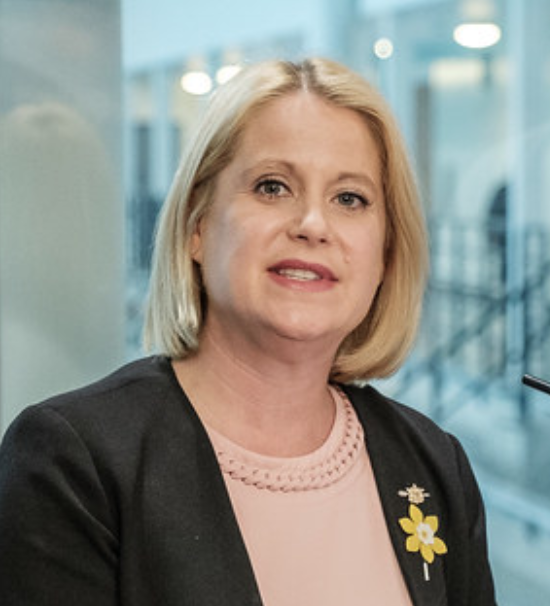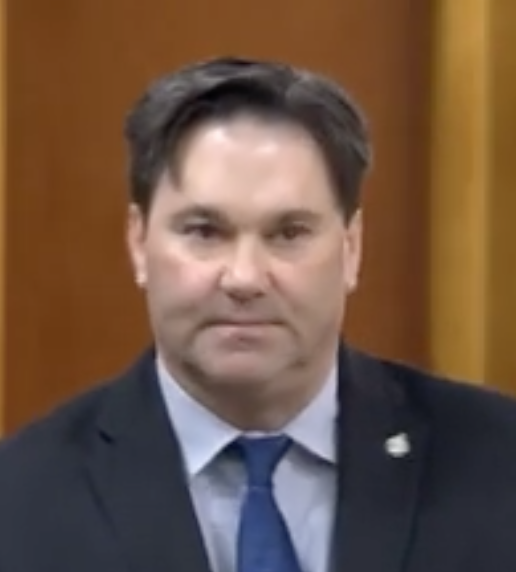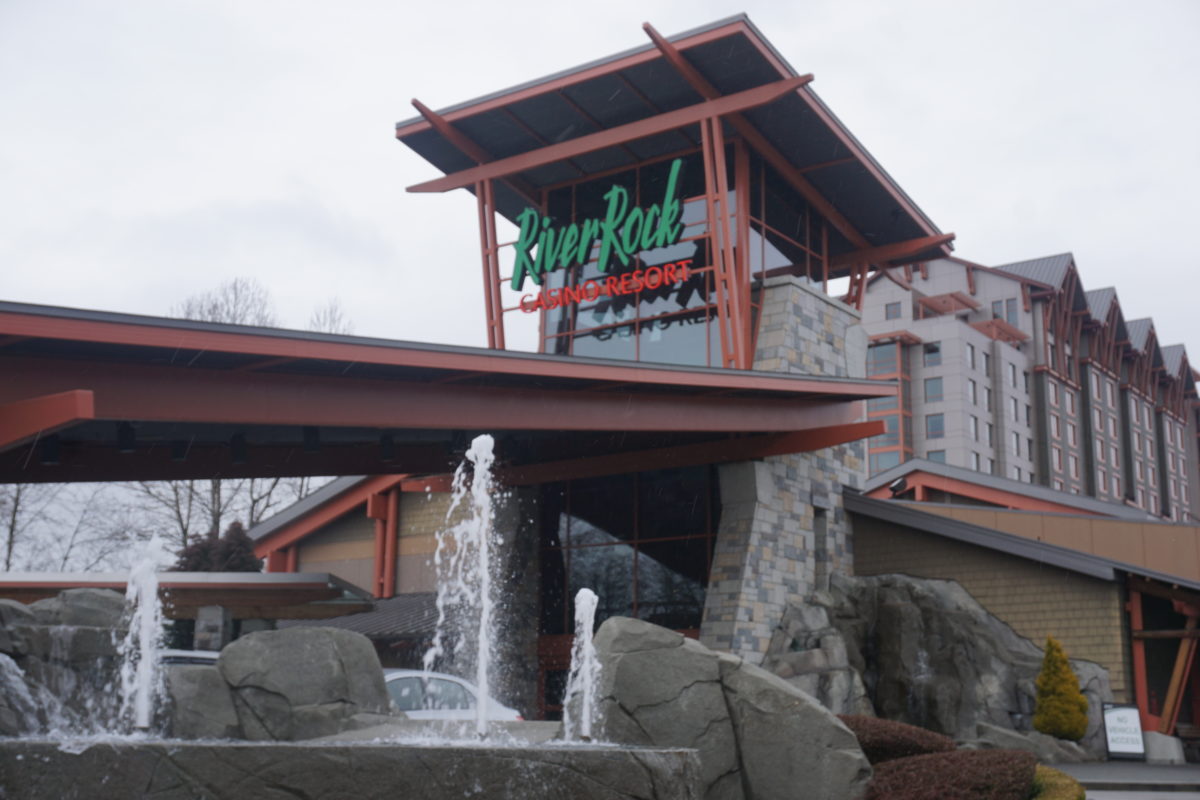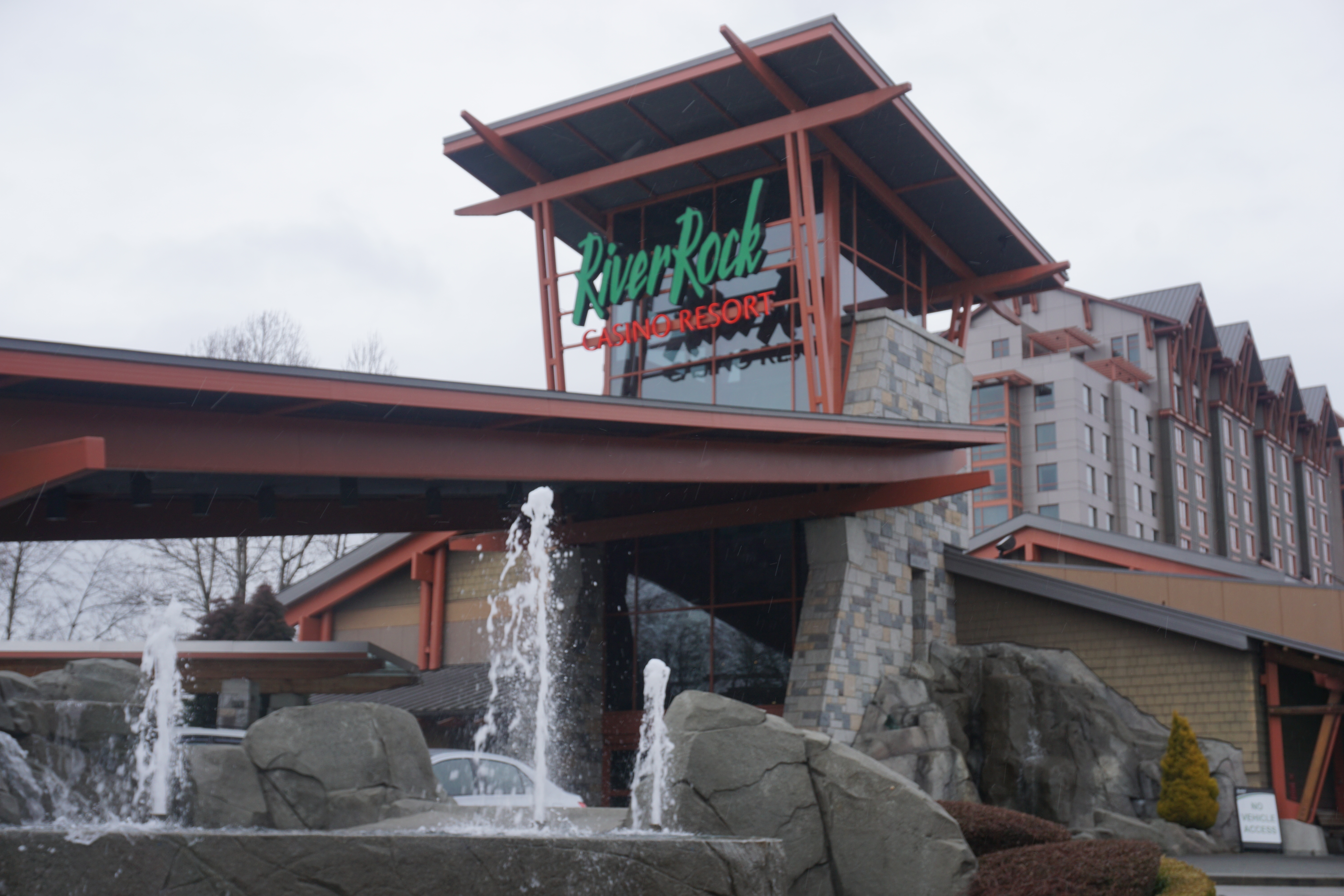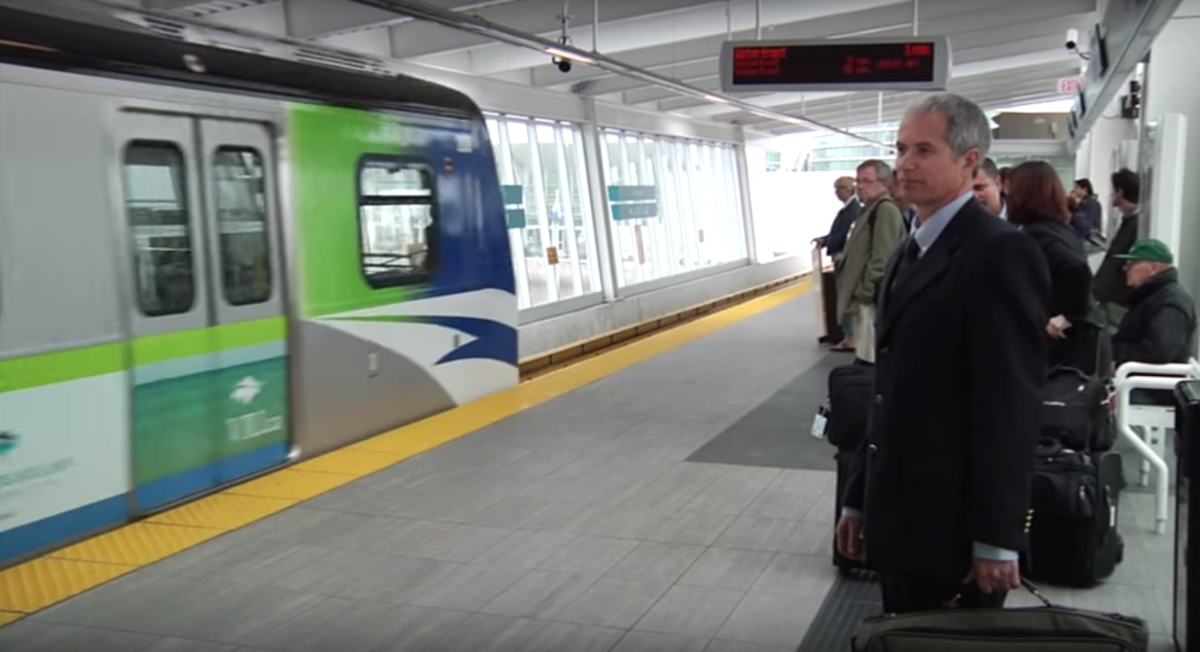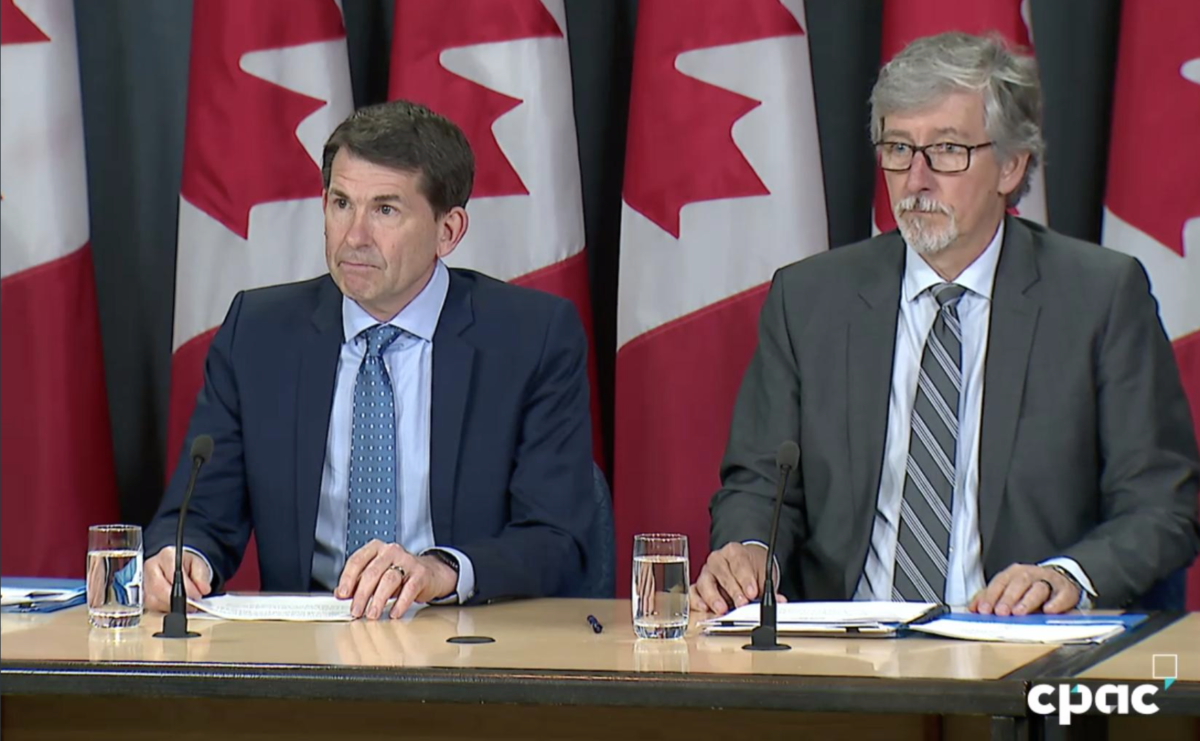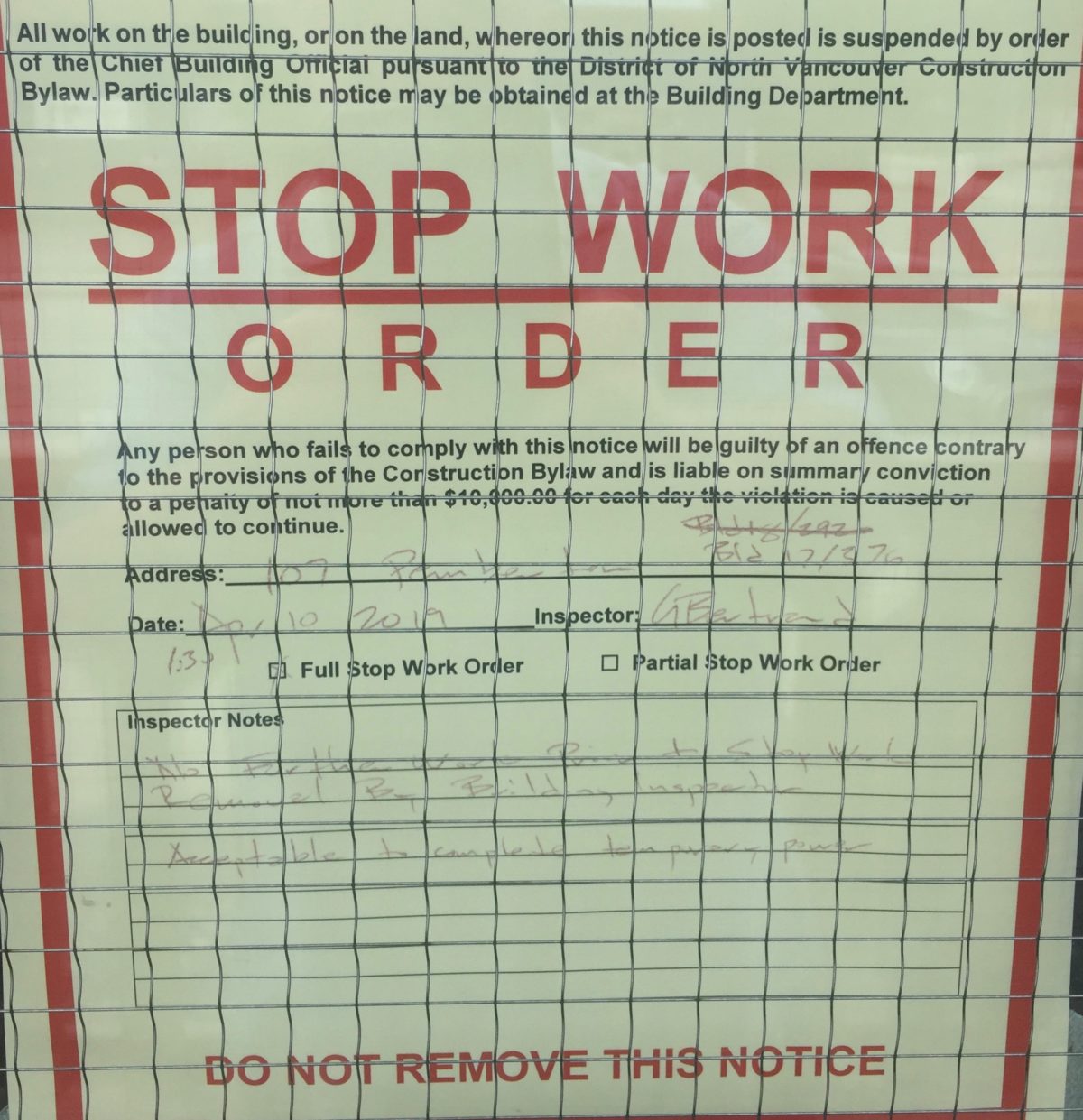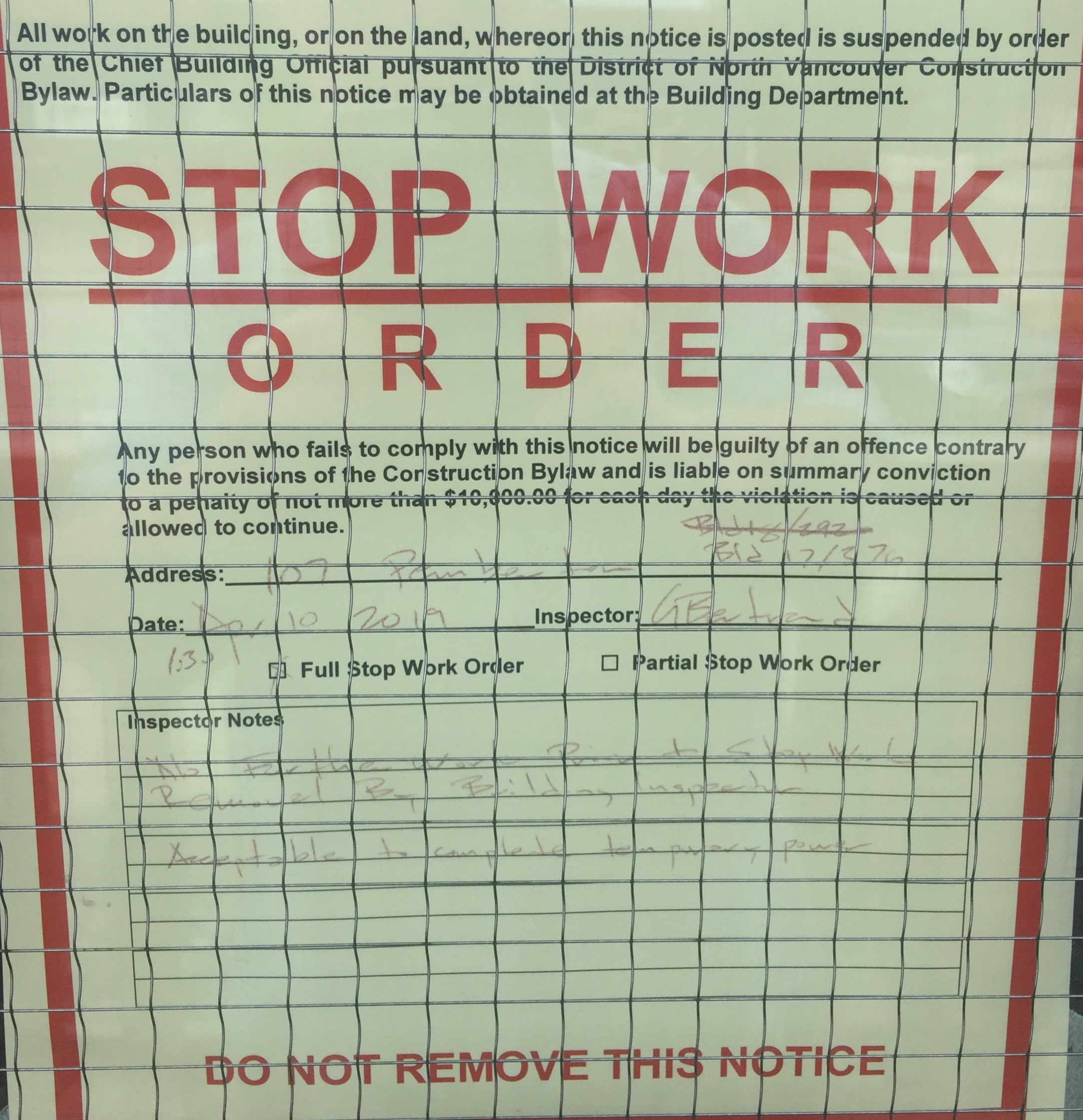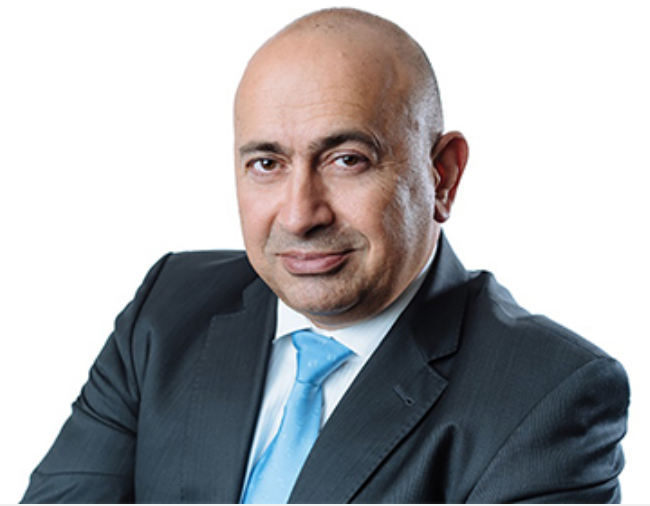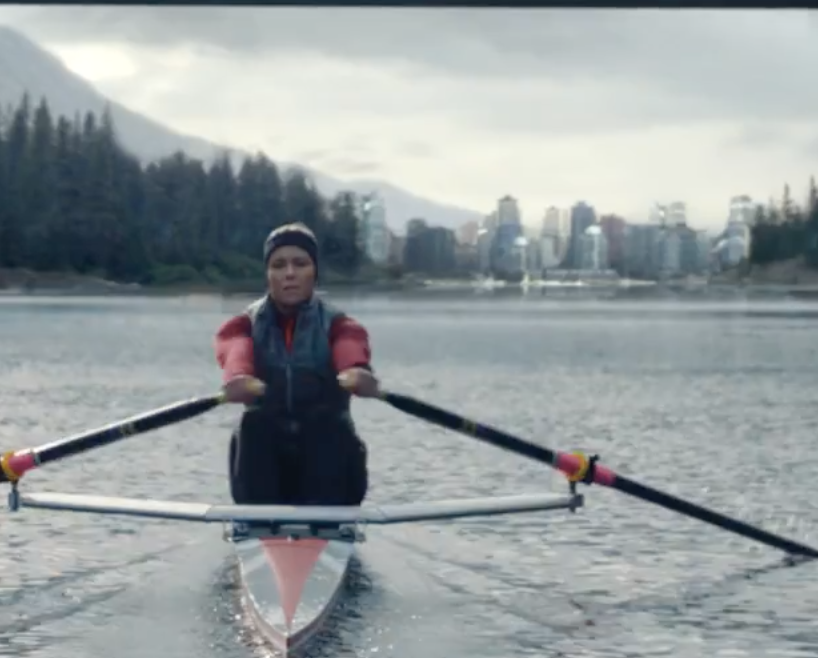Bob Mackin
The Commissioner of Canada Elections is refusing to say whether political donations by SNC-Lavalin’s top British Columbia executive were investigated.
James A. Burke was the executive vice-president of airports, mass transit, ports and marine when he left the company in 2015. From 2008 to 2011, South Surrey’s Burke donated almost $8,500 to Liberal and Conservative campaigns, just like several other senior executives and directors of the Montreal engineering and construction giant, theBreaker.news has learned.
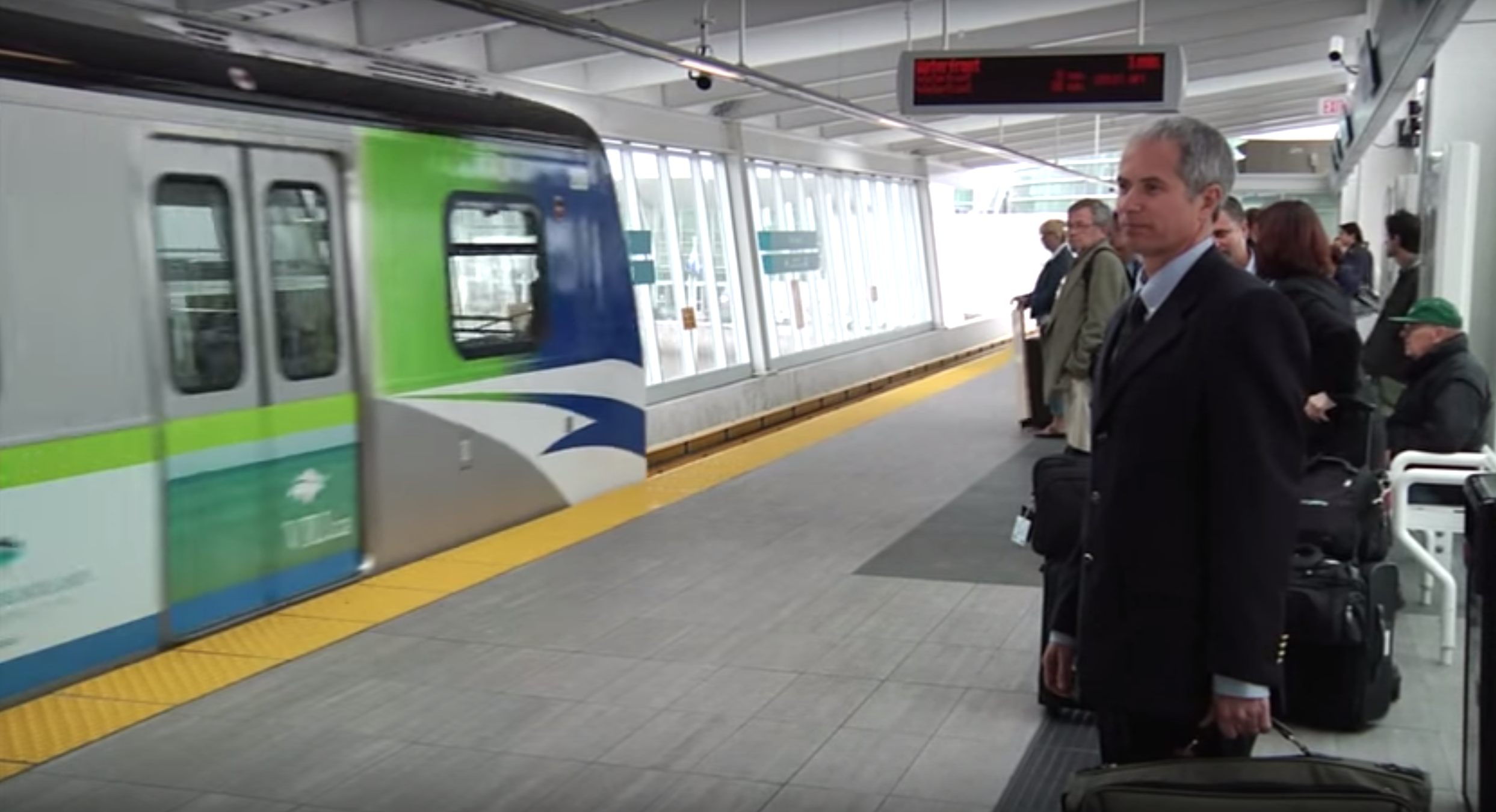
SNC-Lavalin’s B.C. head James Burke in a 2014 Canada Line video (SNC-Lavalin)
Burke made three $1,100 contributions to the Liberal Party in 2008 and another pair of $1,100 donations to Michael Ignatieff’s leadership campaign in the same year. Burke also donated to a pair of Conservative riding associations in 2009 that were closer to the St. Lawrence River than his home in Ocean Park near Boundary Bay: $733.33 to the Conservative association in Laurier-Sainte-Marie, Quebec and $1,100 to the Conservative association in Portneuf-Jacques-Cartier, Quebec.
Since 2004, only individuals have been allowed to donate to federal parties and candidates. On April 30, CBC reported on a leaked list of SNC-Lavalin executives, directors and spouses who the company illegally reimbursed for their political donations, contrary to the Canada Election Act.
Burke’s name was not on the list and theBreaker.news wanted to know whether it should have been.
“In keeping with the confidentiality provisions of the Canada Elections Act, we do not confirm whether we have, or are in the process of, conducting an investigation into a particular matter,” said Michelle Laliberté, spokeswoman for the elections commission in a statement to theBreaker.news. “As a result, I’m not able to address the specifics of your question.”
SNC-Lavalin was caught making $110,000 in donations to the Liberal party, riding associations and leadership campaigns and $8,000 to the Conservatives, but signed a compliance agreement with the commissioner in 2016. Ex-vice-president Normand Morin was the only person charged. Last November, he pleaded guilty to two Elections Act charges and was fined $2,000.
The Charbonneau Commission into Quebec corruption heard details of SNC-Lavalin’s provincial and municipal political donation reimbursement scheme. Between 1998 and 2010, the company donated more than $1 million to the Quebec Liberals and Parti Quebecois.
Independent watchdog Dermod Travis of IntegrityBC said Canadians deserve full transparency on the campaign finance scandal, just like the rest of the allegations against SNC-Lavalin.
“What a number of people who support a deferred prosecution agreement for SNC [on Libyan corruption charges] are losing in the debate is the fact that by going to trial the evidence will come forward, Canadians will know what it was that caused the federal prosecution office to charge and take to trial SNC,” Travis said. “If we get a DPA, that information will not come out. We see it exactly that way with the compliance agreement with the Commissioner of Canada Elections.”
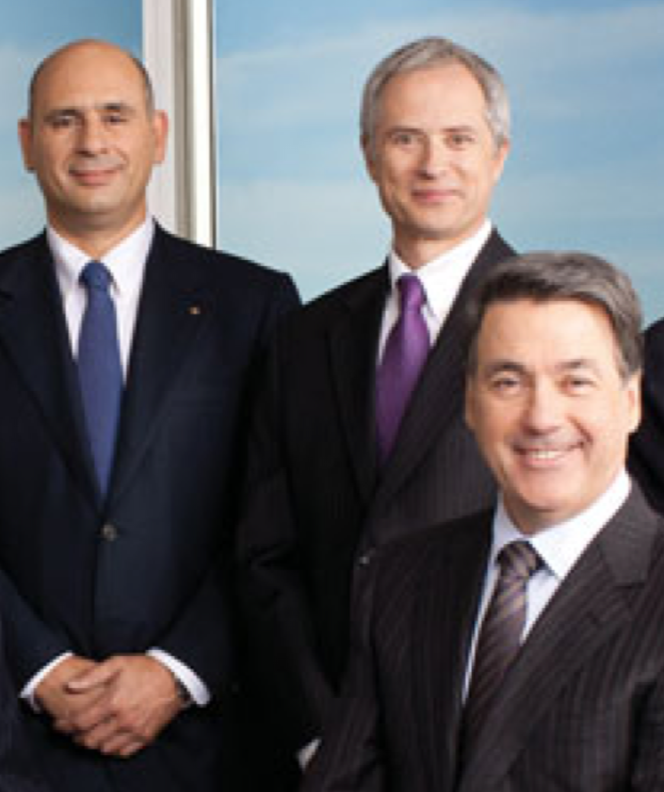
In the 2010 SNC-Lavalin annual report photo, Riadh ben Aissa (left), Jim Burke and Pierre Duhaime.
In 2015, Burke incorporated Cougar Creek Consulting Ltd. The registered office is at the Dentons law firm in Vancouver. One of Burke’s clients is Acciona Infrastructure. Efforts to contact Burke through Dentons and Acciona, and by his home phone, were unsuccessful.
Burke joined SNC-Lavalin in 1995, eventually becoming an executive vice-president and member of the office of the president. He oversaw operations in B.C. and Malaysia. In April 2013, several SNC-Lavalin affiliates connected to the Vancouver office that Burke headed were banned from bidding for World Bank projects because of bribery in Southeast Asia.
Since leaving SNC-Lavalin, Burke was appointed to the project board for the Capital Regional District’s sewage plant and sat on a PartnershipsBC due diligence panel to review TransLink’s Broadway Subway business case. He has advised Acciona, the Spanish company with contracts at Site C and the North Shore Wastewater Treatment Plant. In February, the B.C. NDP shortlisted Acciona and SNC-Lavalin’s joint bid for the new Pattullo Bridge.
Burke is not the only B.C.-based SNC-Lavalin bigwig to write big cheques to political parties.
Burke’s predecessor, the late Robert Tribe, donated $13,647 to the BC Liberals from 2005 to 2009 for SNC-Lavalin. In late 2007, Tribe was appointed to the TransLink board of directors for a two-year term. Tribe had retired in 2002 as executive vice-president, but continued to advise the transportation division.
Gwyn Morgan chaired SNC-Lavalin from 2007 to 2013 and donated $285,600 under his own name to the BC Liberals from 2009 to 2018. During that period, Morgan was on Christy Clark’s transition team. After Clark came to power in 2011, the BC Liberal government picked SNC-Lavalin to build the $1.4 billion Evergreen Line for TransLink and the $1 billion John Hart Generating Station for BC Hydro.
Support theBreaker.news for as low as $2 a month on Patreon. Find out how. Click here.
Bob Mackin
The Commissioner of Canada Elections is
